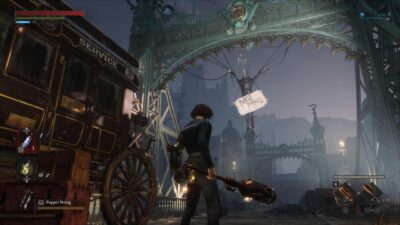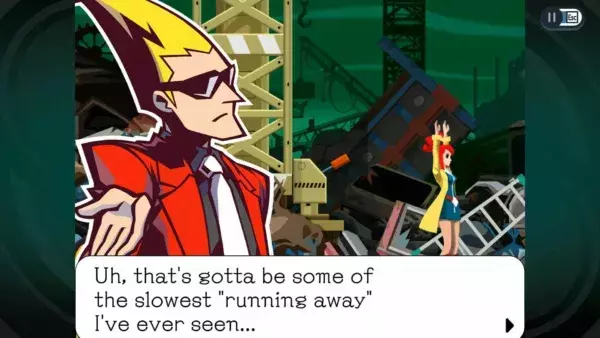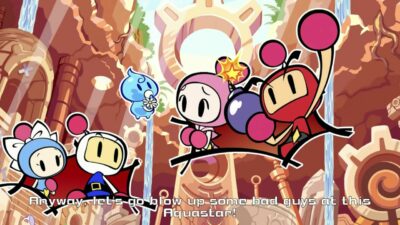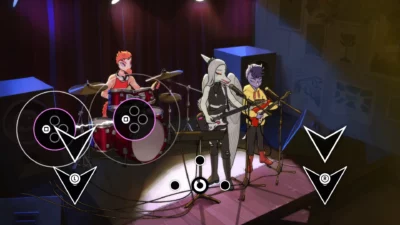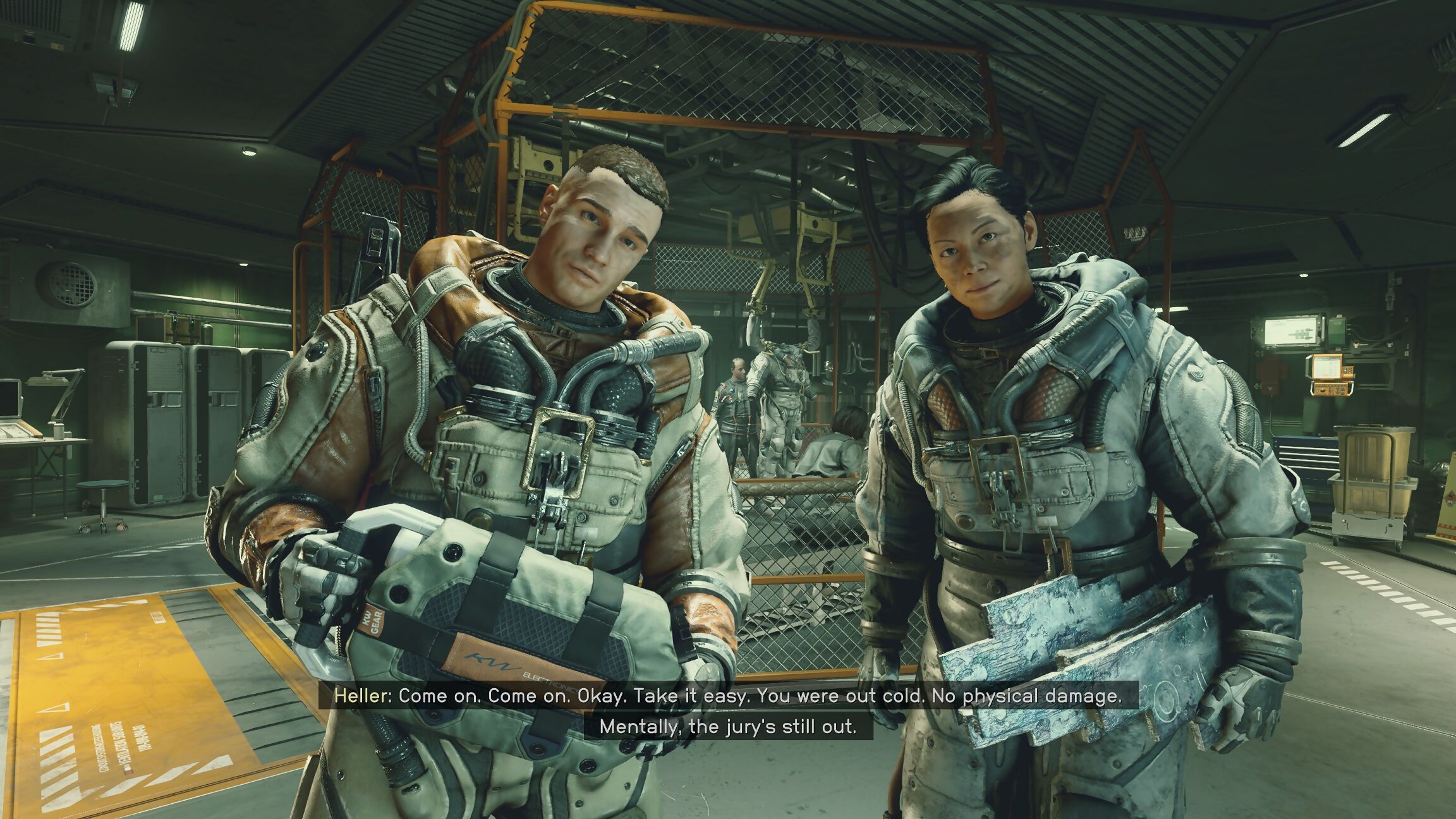
Despite its huge ambition, Starfield never quite captures the cohesion or sense of adventure found in Bethesda’s earlier RPGs. Our review of a flawed sci-fi epic:
Let’s start off this review not by discussing what Starfield is, but rather what it isn’t. It’s not the be-all and end-all of space RPGs, it won’t change your life, and it’s not the saviour exclusive of the Xbox Series X|S.
What it actually is, for better and worse, is an attempt to evolve the concept of the Bethesda RPG for a modern audience – only there’s not too much evolution happening at all, at least in the areas that count. Because whereas the studio’s previous games – Fallout 3, The Elder Scrolls V: Skyrim and Fallout 4, most notably – succeeded in creating engaging worlds with interesting stories to be told in them, Starfield mostly fails the first part of this equation. It prioritises quantity over quality and spreads its ambition too thinly on several fronts.
On the surface, Starfield appears to present a vast universe primed to make every inner explorer and sci-fi fan’s heart beat a mile per minute. There are planets to scan and land on, ships to design and build to let you go see them, and your own custom-created character (complete with one of many starter skill specific, predefined backgrounds) to do it all with. The problem is, in the attempt to create a game full of “1,000 planets” to explore, much of this fantasy has been diluted down to endlessly tiresome bouts of fast travelling, inventory management and loading screens. An open world game this is not – let alone open universe or open galaxy.
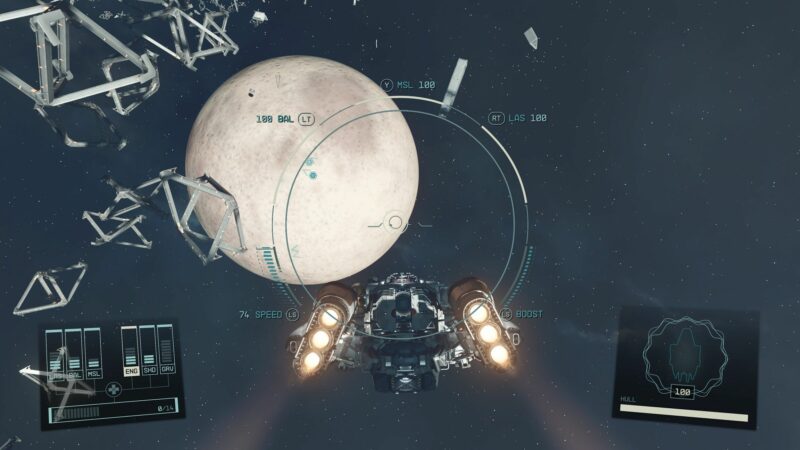
Nobody expected Bethesda to create a game of this scale without making some concessions, sure, but it becomes a problem when it’s an expectation Todd Howard and the team themselves set in the months leading up to launch. Treated on its own merits, Starfield is another perfectly fine RPG that allows for an acceptable amount of player influence and freedom, but there’s no doubt that locations being more disparate unequivocally harms the experience.
In Skyrim, you gain a sense of place when venturing from Riverwood to, say, the Dark Brotherhood’s sanctuary. In Starfield, you click the required number of menu prompts and simply appear at the place you’re meant to be. You don’t have to, but it’s by far the most economical.
Some of this would be forgivable if what was available for you to do on these planets and moons was interesting, yet there’s an underlying layer of inconsistency to most side missions and main quests that dampens any real spectacle they might have had. I could tell you about the time I enjoyed parading about as a fake alien monster to scare away unwanted tourists on one of Saturn’s moons, Titan, or the time I invaded a casino starship and stole the jackpot, but such moments were often the exception rather than the rule. Most of my time was spent fast travelling to one location on the starmap, clicking on the appropriate dialogue option with an NPC and then zipping off somewhere else.
Main hubs like New Atlantis, Neon and Akila City are stacked full of narratives to get lost in, ranging from the simple task of retrieving illegal contraband from security or getting arrested and eventually joining the Crimson Fleet pirate faction. I was never able to live out these fantasies fully due to the constant jolting from place to place, though – it really is an immersion breaker to constantly have the game plot courses for you on the starmap screen. There’s no real sense of discovery or exploration to speak of.
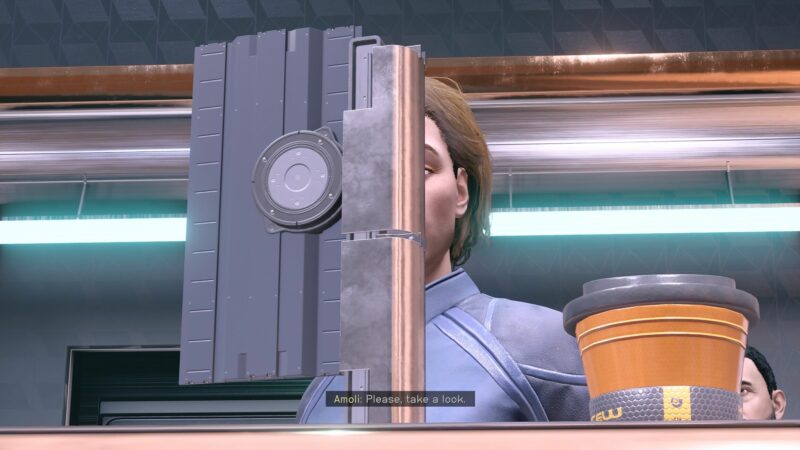
So what does Starfield do well? Ship combat itself, the few times you’re thrust into it, is fun and well thought-through. You can absolutely create the starship of your dreams using the game’s extensive building system, the time spent in which is almost always rewarded by either a cool resulting look or improvements to factors like your weapons, shield and engine. Upgrading each category has a measurable effect when you’re out battling raiders, made all the more fun when you lock on an enemy’s ship and are able to target specific pieces to either destroy or disable the craft.
Similarly, gunplay in Starfield is much improved compared to the Fallout games. Although, in fairness, it kind of had to be given that the VATs system is no longer here to rely on. In either first- or third-person, getting involved in shootouts is normally the most thrilling sequence of either docking onto an enemy ship and plundering it for resources or rescuing a fellow member of Constellation – the exploratory group you join at the start of the game – as part of a main mission. The shooting isn’t quite as fluid as a Doom or a Wolfenstein, but I was never fearful of engaging in it as I typically am in other Bethesda RPG outings.
The back half of the game, too, once you roll credits for the first time, provides a unique spin on New Game Plus in a way that I haven’t seen in a major triple-A title before. It makes you re-evaluate the events leading up to Starfield’s twist ending and recontextualised my character’s role as (in my case) a bounty hunter-turned-miner-turned-chosen one archetype rather substantially. It’s only then, 20, 30 hours in – maybe longer – that the promise of Bethesda’s universe starts to become clear Even then, that promise fails to make up for the stark levels of inconsistency displayed up to this point.
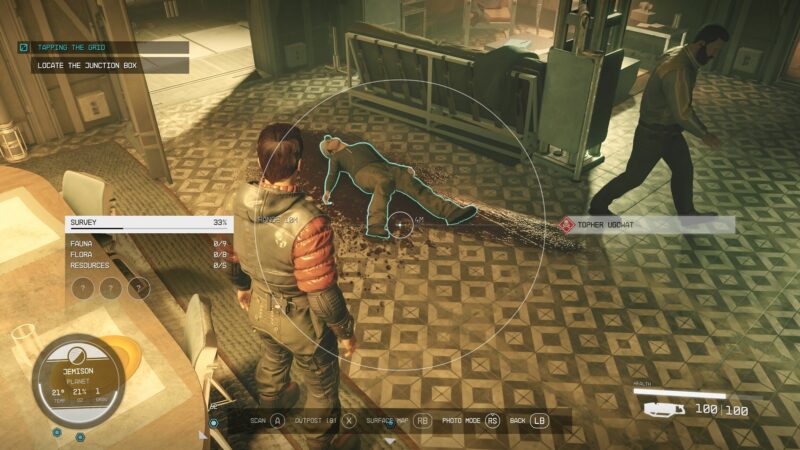
There’s no denying that Starfield is a behemoth of a game and an impressive feat of ambition. Unfortunately, its inherent unwieldiness actively is to its detriment rather than its benefit. I’m not sure how you can create a meaningful galaxy-sized sandbox without the need for endless load screens and fast travel, yet I’ve played enough of Bethesda’s latest to know it’s a problem that remains unsolved.
If you’re the type of player that enjoys stacking up hundreds of milk cartons in space to watch how they react when pushed away in zero gravity, or waiting tens of in-game hours to witness the sun eclipse a specific moon, then Starfield is sure to delight. If, however, you’re seeking that true feeling of exploration many of us were expecting – or any exploration really – Bethesda’s biggest game ever also ends up feeling like its smallest.
Starfield’s universe is a grand one, yet it’s also too disconnected to generate any true, personal connection.
Highlight
Starfield features a generous 21 character backgrounds you can choose from at the start of the game, all of which give you a leg up by way of three preset skills. I opted for the Bounty Hunter, risking being tracked down by a faction to enjoy better piloting skills and use of the jetpack right away.
Verdict: 68%
Bethesda shoots for the moon but never quite sticks the landing. Starfield is a competent RPG but lacks the cohesion of the studio’s prior titles.


